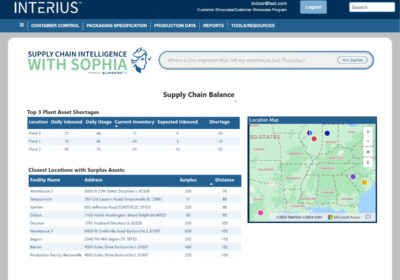It’s key for a business to see continued success throughout its life, and one way to guarantee this is through self-reflection and improvements being made to existing processes. Internal auditing can play a huge role for decision-makers who want to help drive growth.
Internal auditing can be done by an in-house staff auditor or a third party and help identify sticking points in processes and business approaches. It can also benefit your business by ensuring that your workers are following appropriate and effective procedures and maintaining a high-quality output.
How often you carry out an audit comes down to your business, but this expert guide can help drive success with each one.
Planning your audit – the first step
Before you begin your audit, you need to identify the areas of your business that may require auditing. There are various departments these could be:
- Sales – ensuring your processes for invoices, orders, and quotes for your customers or clients are concise and cover all your needs.
- Purchasing – like sales, this can cover your invoicing and order processes in place.
- Manufacturing – for businesses that develop products, the preparation and production of the items before they reach the market. Auditing can also analyse the quality control and assurance processes.
- IT and security are a huge factor in modern businesses with how prevalent digital processes are across various industries.
- Human Resources (HR) and accounting departments can benefit from auditing to see how effective processes that look after your workforce are. This can also include looking at your financial processes, such as payroll and expenses.
Internal audit calendars – ensuring it takes place
Once you’ve assessed and outlined the areas of your business that require regular audits, you can build an internal audit calendar. This ensures they’re delivered on time and gives your business full transparency on who’s conducting them.
These can be as simple as the template example we’ve provided below.

The calendar can also be utilised to share handover documents with important information about the processes. The internal auditors can also use them to understand how processes should be carried out before they see it happen.
How an internal audit is carried out
The interview and observation stage
There are no greater insights into processes within your business than from the workers who are conducting them daily. By asking prepared questions, internal auditors can determine whether employees are following the correct process and have a clear understanding of their tasks and the associated risks.
Based on the answers, the auditor can state whether they comply with procedures or could benefit from additional training or refresher sessions. They can also identify areas of the processes that could be revamped to be more efficient, such as introducing technology where appropriate.
The written report stage – compliance forms and action plans
This stage allows the internal auditor to report on their findings. The details provided within the documentation can vary based on how detailed the auditor feels they need to be, but the important thing is getting them written down. These can include compliance reports, which, if a process is found to be non-compliant, they may need to suggest improvements.

This can then lead to the creation of an action plan on how best to address the non-compliant areas of the business. Once it’s been presented to the appropriate points of authority, it can be executed quickly. The action plan should include what’s been found, the best course of corrective action, who will make sure it’s taken care of, and the deadline for it.
Leading supplier of hydraulic cutters HTL Group has offered an action plan as an example:

The practice of conducting internal audits provides significant advantages to every business and should be regarded as an essential procedure rather than a mere checkbox on the company’s to-do list!







